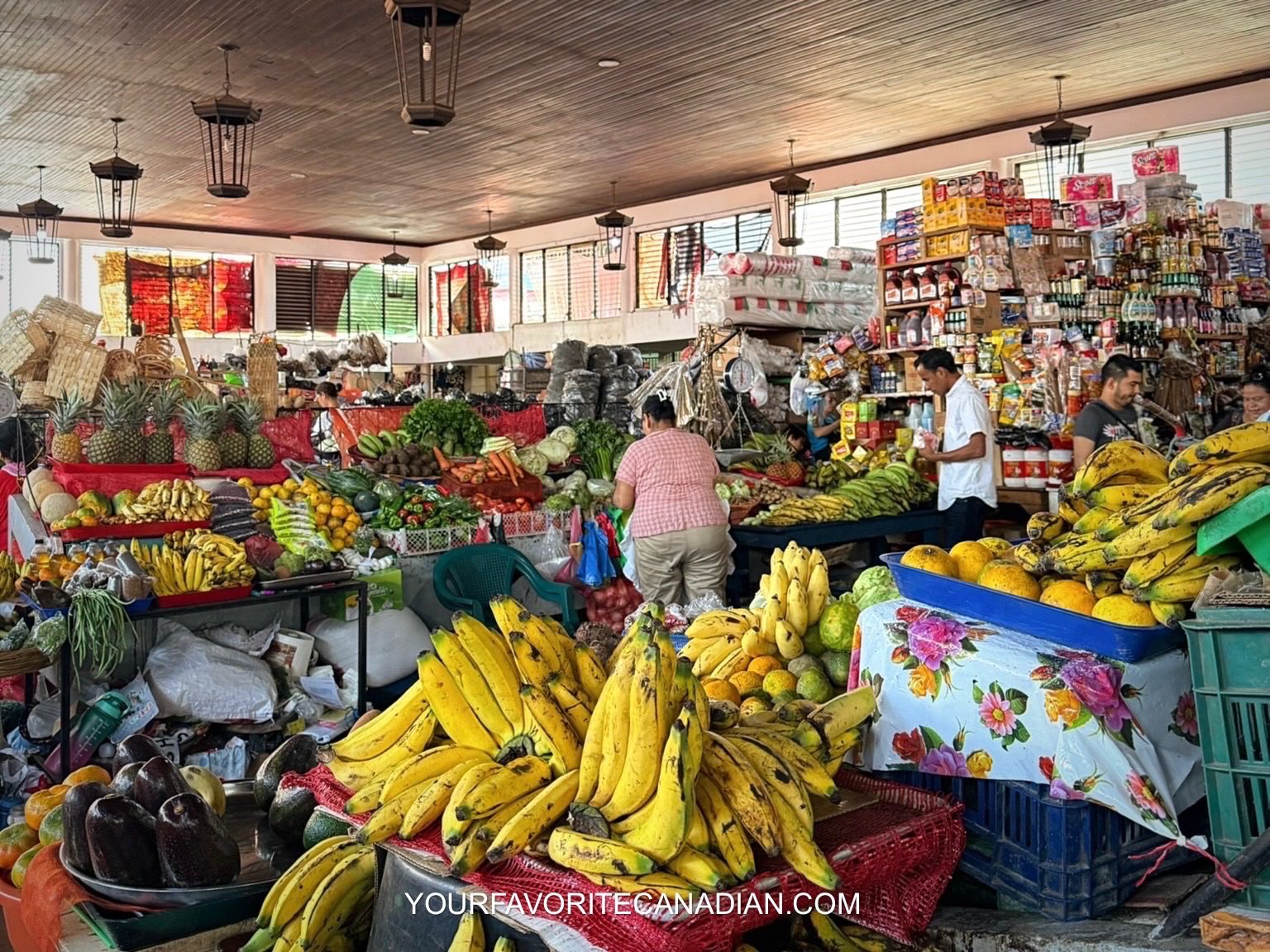If you’re planning to travel to Nicaragua or just looking for some intriguing trivia about this Central American gem, you’re in the right place. Nicaragua is a land of dramatic landscapes, rich culture, and warm, welcoming people. It’s often overshadowed by its neighbors, but for savvy travelers and adventurers, Nicaragua is a treasure trove of natural beauty and cultural depth.
In this article, we’ve compiled 25 fun facts about Nicaragua to inspire your wanderlust and help you plan your next unforgettable journey. Whether you’re looking for unique things to do in Nicaragua, or just love discovering hidden corners of the world, these facts are sure to surprise you!
1
It’s Known as the Land of Lakes and Volcanoes
Nicaragua gets its nickname from its incredible geography — it has 19 volcanoes, many of which are active, and two massive freshwater lakes: Lake Nicaragua and Lake Managua. Lake Nicaragua is so large it even has its own archipelago and the world’s only freshwater sharks.
2
The Only Country with Freshwater Sharks
Yes, you read that right! Bull sharks live in Lake Nicaragua, having adapted to the freshwater environment. These fierce creatures can travel up the San Juan River from the Caribbean Sea to reach the lake.
3
It’s Home to the Oldest City in Central America
Granada, Nicaragua, founded in 1524, is often considered the oldest continuously inhabited city in Central America. Its colorful colonial architecture and cobblestone streets make it a must-visit destination.
4
Surf’s Always Up
For surfing enthusiasts, Nicaragua’s Pacific Coast offers world-class waves. Towns like San Juan del Sur and Popoyo have become hotspots for surfers from around the globe.
5
It Has the Largest Island in a Freshwater Lake
Ometepe Island, located in Lake Nicaragua, is formed by two volcanoes — Concepción and Maderas — and is the largest island in a freshwater lake in the world. Hiking, kayaking, and eco-lodges make this a favorite for nature lovers.
6
Nicaragua Has Two Coastlines
The country borders both the Pacific Ocean and the Caribbean Sea, giving it a diverse range of beaches and marine ecosystems. The Caribbean side, especially the Corn Islands, offers turquoise waters and laid-back vibes perfect for snorkeling and diving.
7
Volcano Boarding Is a Real Thing
One of the most thrilling things to do in Nicaragua is volcano boarding down the black ash slopes of Cerro Negro, an active volcano near León. It’s one of the only places in the world where you can do this!
8
Its Name Comes from a Tribal Chief
The name “Nicaragua” is believed to be derived from Chief Nicarao, a 16th-century indigenous leader, and the Spanish word “agua” (meaning water), referencing the country’s abundance of lakes and rivers.
9
It Has a Unique Biodiversity
Nicaragua boasts over 7,000 species of plants and animals. From jaguars in the jungle to colorful macaws and howler monkeys, this is a wildlife lover’s paradise.
10
Traditional Foods Are a Flavor Bomb
When you travel to Nicaragua, don’t miss trying gallo pinto (rice and beans), nacatamales (banana-leaf-wrapped tamales), and quesillo (cheese tortilla with pickled onions). The cuisine is hearty, flavorful, and deeply tied to local culture.
11
The Currency Is the Córdoba
Named after Spanish conqueror Francisco Hernández de Córdoba, the Nicaraguan córdoba is the national currency. However, U.S. dollars are widely accepted in most tourist areas.
12
It Celebrates Poetry Like Few Others
León, one of Nicaragua’s major cities, is known as the “City of Poets.” Rubén Darío, Nicaragua’s most famous poet and a key figure in Spanish literature, was born here.
13
It Has a Dual Capital City History
While Managua is the current capital, both Granada and León were rival colonial capitals in the past. The decision to place the capital in Managua was a compromise between the two.
14
Earthquakes Shaped Its History
Nicaragua lies in a seismic zone, and the capital, Managua, was nearly destroyed by a massive earthquake in 1972. This event still shapes the city’s urban layout today.
Stay connected! Follow us on social media for exclusive content & updates on our travels.


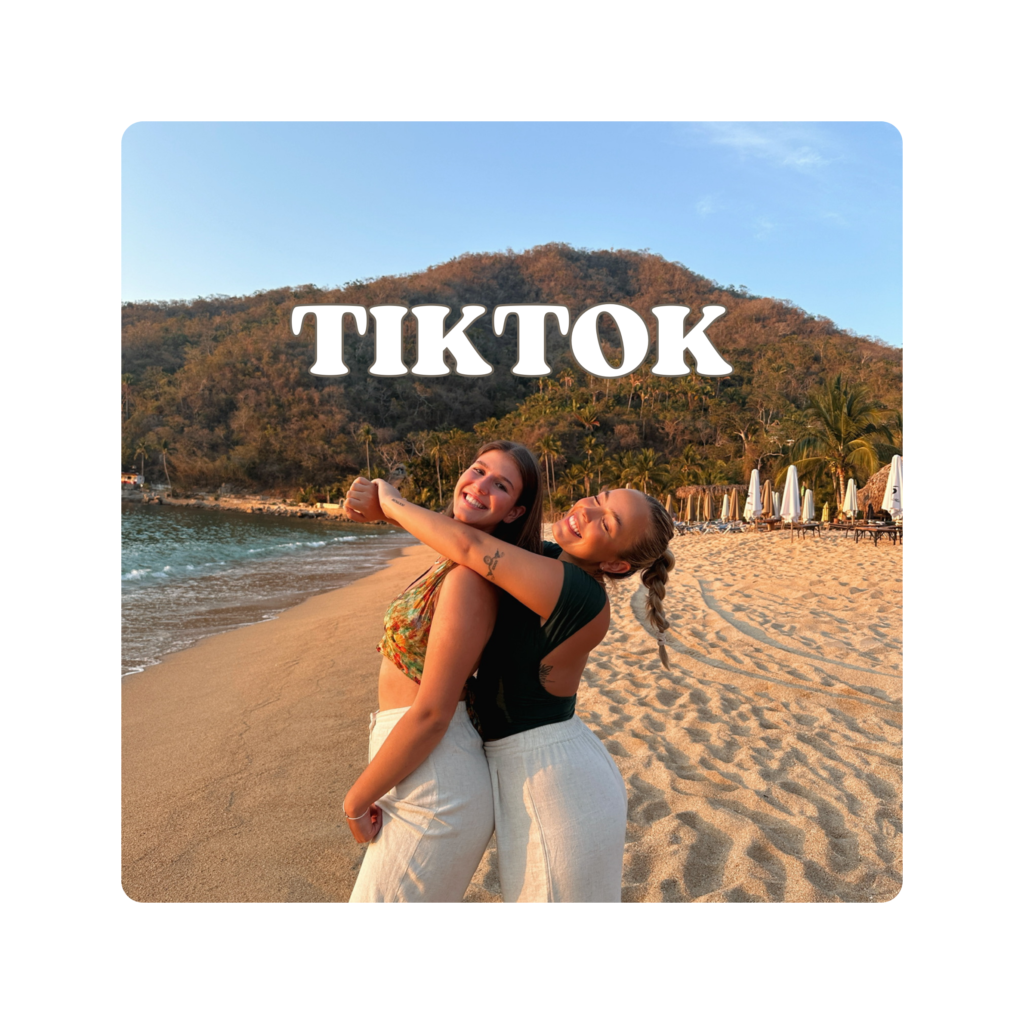
On our website, you’ll find all the essential information and tips, while on our social media, you’ll get even more – including personal experiences, funny moments, stunning videos, and much more!
15
It’s Affordable for Travelers
Compared to other Central American destinations, Nicaragua is budget-friendly. You can enjoy boutique eco-hotels, guided tours, and meals at local restaurants for a fraction of the cost you’d pay elsewhere.
16
You Can Island-Hop on the Caribbean Side
The Corn Islands — Big Corn and Little Corn — are tiny slices of paradise. With no cars and only sandy paths, Little Corn Island is a favorite for backpackers and honeymooners alike.
17
It’s Coffee Heaven
Nicaragua’s highlands produce some of the best coffee in the world, especially around Matagalpa and Jinotega. Many farms offer tours so you can learn about bean-to-cup production.
18
The Country Hosts Colorful Festivals
From the Palo de Mayo in the Caribbean to the La Purísima celebration in December, Nicaragua knows how to throw a party. Expect fireworks, parades, music, and lots of dancing.
19
It’s Safe and Friendly
While it’s important to stay aware like in any country, Nicaragua is considered one of the safer countries in Central America for tourists. Locals are generally welcoming and happy to share their culture.
20
You’ll Hear Multiple Languages
While Spanish is the official language, indigenous languages like Miskito and Garifuna are spoken on the Caribbean coast, adding to the country’s cultural richness.
21
Its Nature Reserves Are Lush and Untouched
With over 70 nature reserves, Nicaragua offers pristine jungles, lagoons, and cloud forests. The Indio Maíz Biological Reserve is one of the most biologically diverse regions in Central America.
22
The National Dish is Gallo Pinto
This staple of Nicaraguan cuisine is a mix of rice and beans cooked with garlic, peppers, and spices — often served with eggs, cheese, or plantains for breakfast.
23
You Can Hike Active Volcanoes
Nicaragua is one of the few places where you can stand on the edge of a lava-filled crater, like at Masaya Volcano, which still spews gas and glows red at night.
24
Its Flag Is Full of Symbolism
The blue stripes represent the Pacific and Caribbean, the white symbolizes peace, and the triangle in the center contains a rainbow, five volcanoes (representing Central America), and a red Phrygian cap (freedom).
25
Tourism is Growing, But Still Off the Beaten Path
Despite its beauty and affordability, Nicaragua remains one of the most underrated destinations in Central America. That means fewer crowds and more authentic experiences for curious travelers.
Final Thoughts
Nicaragua is a country of contrasts — volcanoes and beaches, colonial cities and untamed jungles, poetry and adventure. Whether you’re planning a surfing trip, a cultural escape, or a backpacking journey, these fun facts about Nicaragua offer just a glimpse into what makes it such a captivating place to visit.
So pack your bags, bring your sense of adventure, and prepare to be amazed. Travel to Nicaragua and discover the many wonders waiting to be explored!
Like this post? Pin it for later!
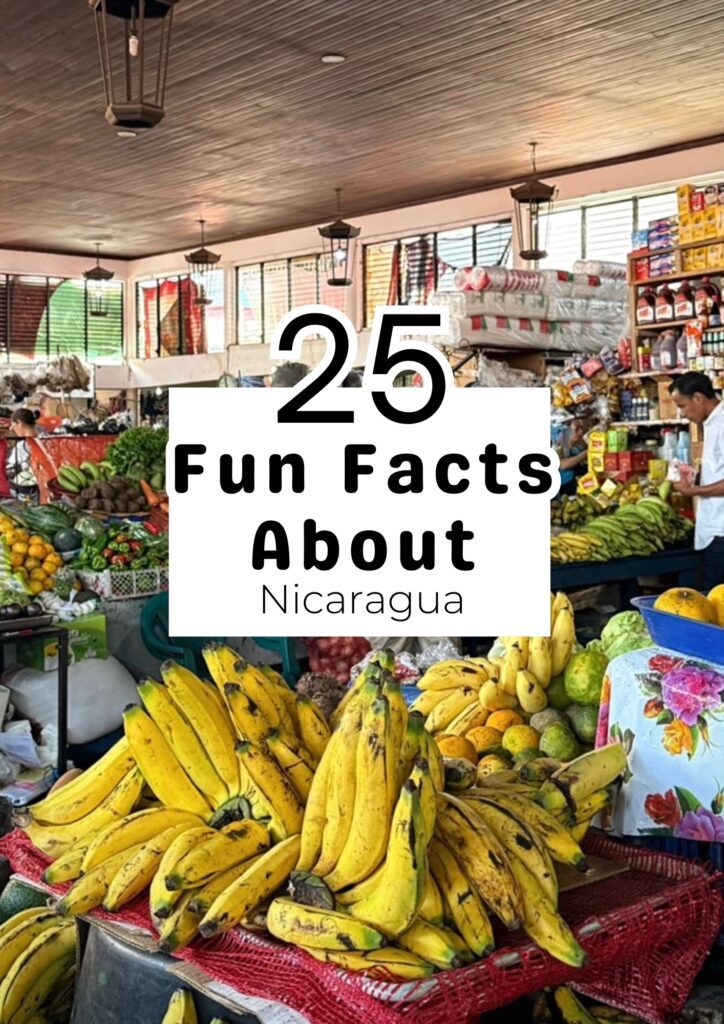
What’s Next?
Now that you know everything about Nicaragua, it’s time to plan your trip! Here are some articles that could be helpful:
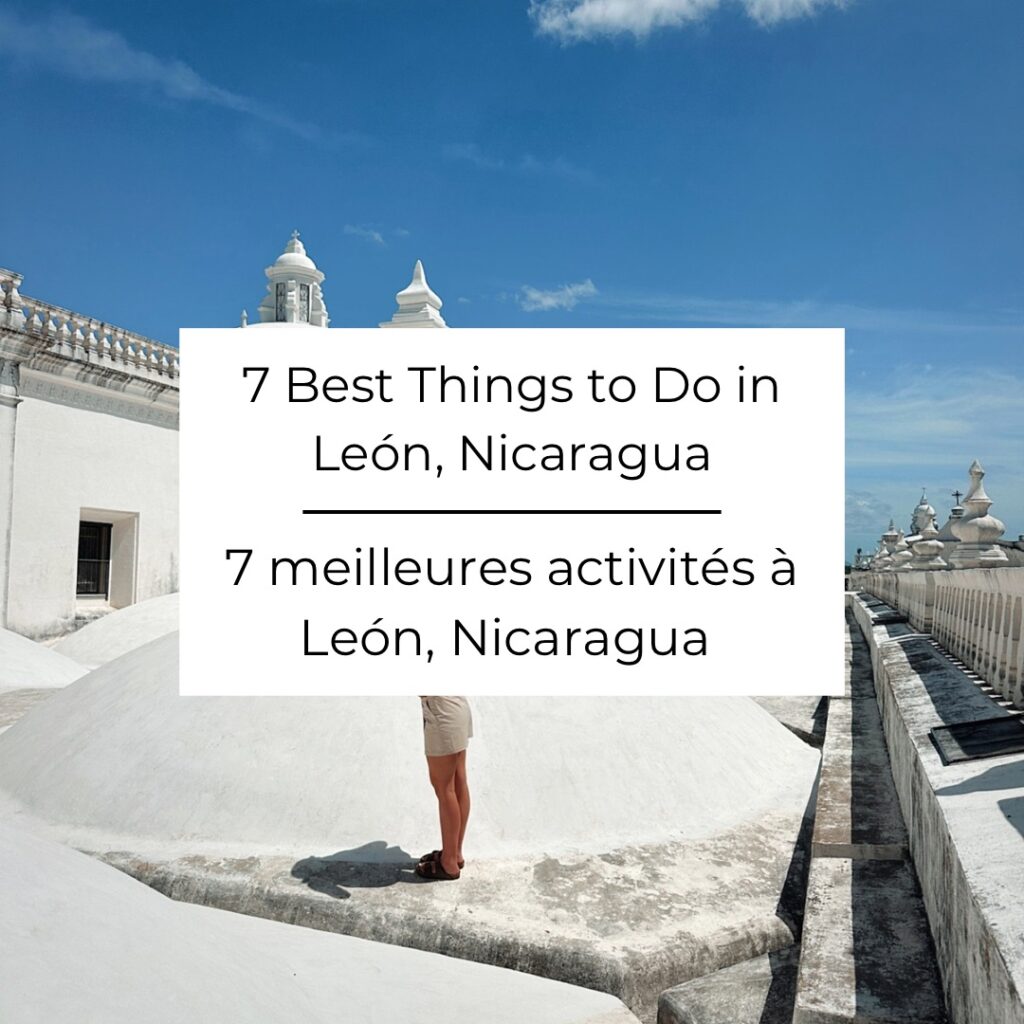
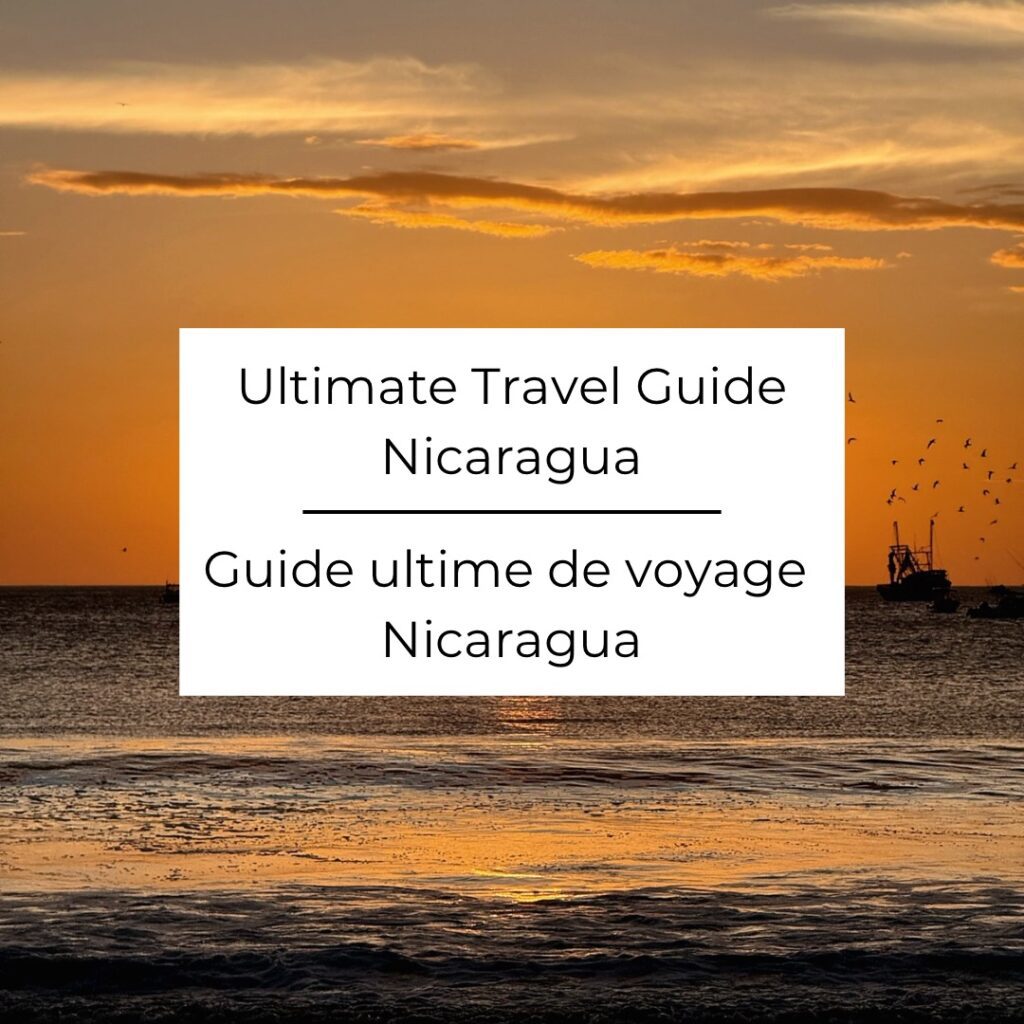
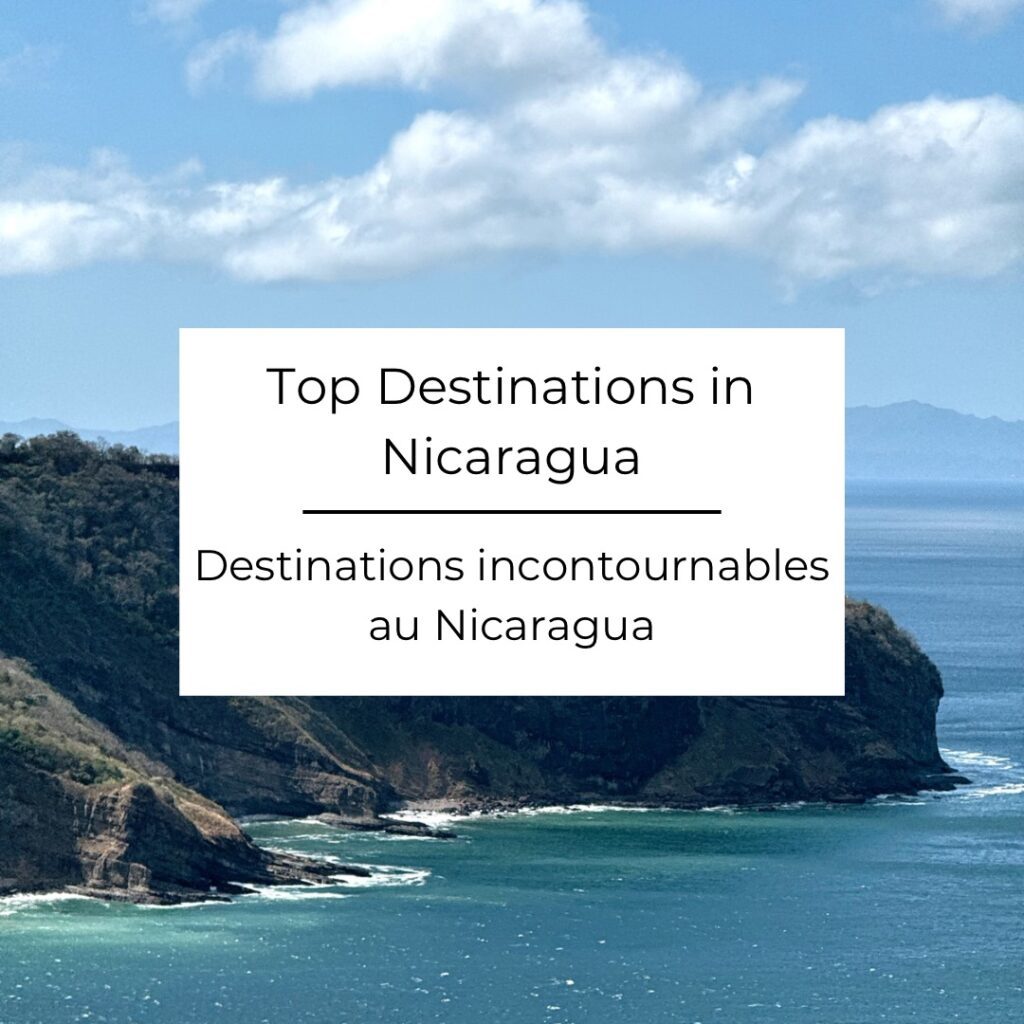
Don’t want to miss out on our latest articles? Be sure to subscribe to our website, and you’ll receive a notification every time we publish something new!
